Sea Cliff Buckwheat
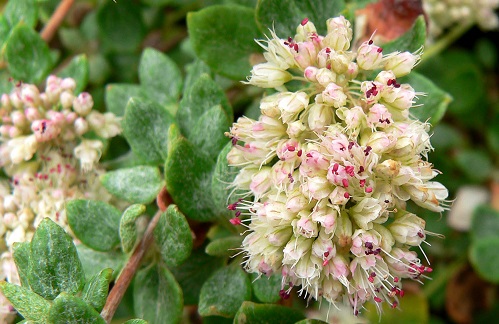 Sea cliff buckwheat is a beautiful, perennial spreading shrub with blooms ranging from off-white to pale red. It typically grows to a height of about three feet and branches out to the same width. While it prefers sandy soil, it also does well in clay. It grows best at low altitudes. It is also called seacliff buckwheat, dune buckwheat, coast buckwheat and cliff buckwheat.
Sea cliff buckwheat is a beautiful, perennial spreading shrub with blooms ranging from off-white to pale red. It typically grows to a height of about three feet and branches out to the same width. While it prefers sandy soil, it also does well in clay. It grows best at low altitudes. It is also called seacliff buckwheat, dune buckwheat, coast buckwheat and cliff buckwheat.
Sea Cliff Buckwheat – Drought Tolerant
Sea cliff buckwheat is one of our most drought tolerant native plants. Some homeowners report never having watered their established plants. Please never attempt to transplant wild sea cliff buckwheat; this can damage the plant, sand dunes and destroy food sources and habitat for many native wildlife species. A landscaper can determine if your soil is suitable for this plant. Young plants are fast growing. Sea cliff buckwheat is a hardy and lovely addition to your garden by the sea.
Year-Round Beauty
Even when it’s not flowering, it will bring beauty to your yard. The leaves, like the flowers, have a range of colors and are chartreuse, true green and reddish-green. Some leaves may have a fuzzy white appearance. This is normal and not an infestation. Sea cliff buckwheat is almost invulnerable to insect or fungi infestations. The flowers are tightly bunched on a single stem. The petals on one stem can be white with green strips, pale pink, deep pink and almost red. A bouquet of sea cliff buckwheat makes a perfect centerpiece.
The Perfect Plant for Pollinators
It’s vital for your garden, your neighbors’ gardens and our farms to plant flowers and shrubs that attract pollinators. Bees, butterflies, moths, bats and even wasps are pollinators or incidental pollinators. Various pollinators are attracted to different plants and colors of blossoms. Both honeybees and different species of butterflies, including the endangered Smith’s Blue Butterfly, love sea cliff buckwheat. When you plant sea cliff buckwheat, you bring insects to your yard that will find their way to your other plants too, and everyone and everything benefits. In addition to being a buffet for bees and butterflies, a fully-grown sea cliff buckwheat plant provides fall and winter shelter for birds.
Abundant Flowers for Your Yard
Sea cliff buckwheat is an ideal groundcover for barren areas of your yard. You can use it to line a pathway, as a background for smaller plants or as an element of your rock garden. The varicolored flowers and lush green leaves of this plant provide a colorful complement to beach grasses. It looks great hanging over retaining walls and, used in a sloping yard, can help prevent soil erosion.
If you’re starting with a bare seaside yard or one with little color, you couldn’t pick a better plant than sea cliff buckwheat. It’s robust, can withstand dry weather and ocean winds, produces an abundance of colorful blossoms and feeds and shelters our native wildlife. It is one of California’s most important plants. If you want to beautify your yard and help the environment, contact us about landscaping today.

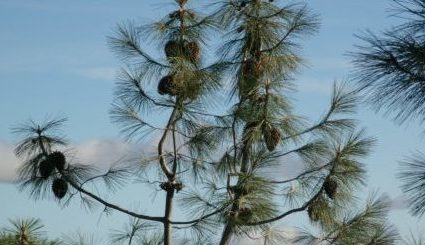 Foothill pine is a handsome evergreen that can grow to 80 feet tall. It’s also called California foothill pine, pinon pine, bull pine, nut pine and gray pine. The California foothill pine thrives in areas with poor soil and little water. The nuts, eaten raw or roasted or even ground into flour with other seeds, were a vital food source for Native Americans. Native Americans also used the pine pitch for medicinal purposes and the branches to fashion utensils and even in basket weaving.
Foothill pine is a handsome evergreen that can grow to 80 feet tall. It’s also called California foothill pine, pinon pine, bull pine, nut pine and gray pine. The California foothill pine thrives in areas with poor soil and little water. The nuts, eaten raw or roasted or even ground into flour with other seeds, were a vital food source for Native Americans. Native Americans also used the pine pitch for medicinal purposes and the branches to fashion utensils and even in basket weaving.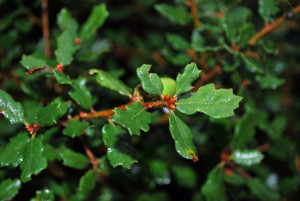
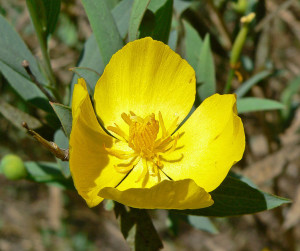 Bush poppy is also called tree poppy. The latter is somewhat inaccurate, because the bush poppy is one of California’s smaller native flowering shrubs. It’s drought-resistant and likes full sun, but needs more care than other wild flowering shrubs. Its yellow flowers are the color of buttercups and will light up your yard, but only if it’s planted in the right type of soil. Depending on the soil, your bush poppy will need a little watering.
Bush poppy is also called tree poppy. The latter is somewhat inaccurate, because the bush poppy is one of California’s smaller native flowering shrubs. It’s drought-resistant and likes full sun, but needs more care than other wild flowering shrubs. Its yellow flowers are the color of buttercups and will light up your yard, but only if it’s planted in the right type of soil. Depending on the soil, your bush poppy will need a little watering.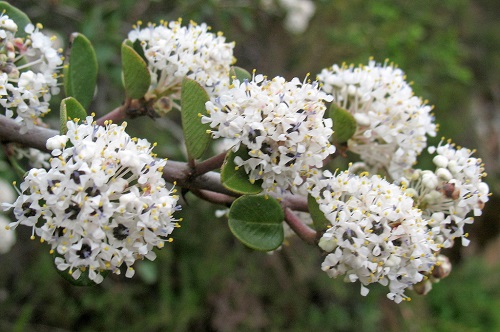
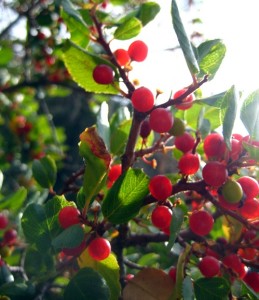
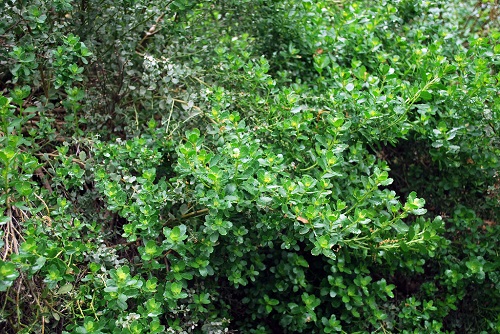
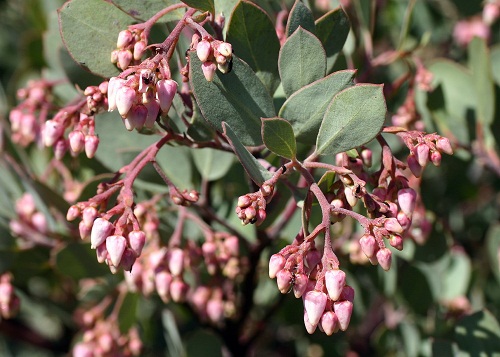
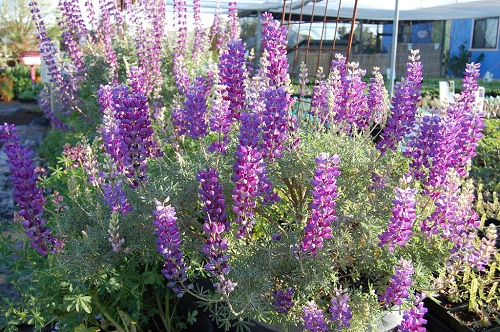
 There is no plant that looks more like its name than Wooly Bluecurls. This small evergreen is not only fragrant but beautiful as well. Its small blue flowers are packed in dense groups. The flowers are covered with wooly hair of blue, pink or white. These highly fragrant blooms start in early spring and they can attract a variety of wildlife.
There is no plant that looks more like its name than Wooly Bluecurls. This small evergreen is not only fragrant but beautiful as well. Its small blue flowers are packed in dense groups. The flowers are covered with wooly hair of blue, pink or white. These highly fragrant blooms start in early spring and they can attract a variety of wildlife.